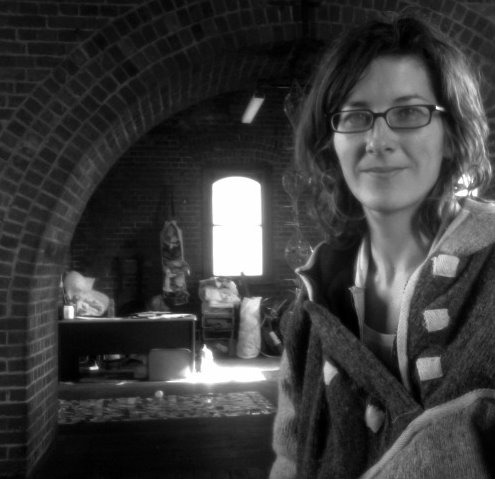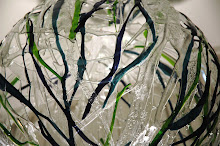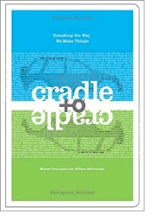

Today I visited the Jewish museum in Berlin, Germany. I expected to leave, having a very depressing experience. However, thankfully the curators of the museum had taken an abstract approach to presenting the tragic history of the Jews in Germany.
Daniel Libeskind has designed a very impressive piece of architecture to house this important history. The building is very unconventional; the space has many harsh linear lines running through the building. The space is filled with angled windows, cold harsh concrete and is cladded in a dull zinc alum surface. The ground floor museum space has uneven surfaced floors, there is no such thing as way finding through this museum space.
Tucked in various corners of the museum space are different voids, which gives a visitor a censory experience of the Jewish German History.
One of the voids is a triangulated space that is cold and dark inside. The roof towers 20 meters above you. Halfway up the wall is a ladder, which is unreachable. In the corner of the room at the very top of the space is a small channel of light seeping into the room.
Another one of the spaces is filled with heavy metal dics, with simplified faces cut into the discs. Visitors to the museum walk over the cobbled metal discs, which creates this discordant sound resonating in the void space.
I was really glad I overcome my fears of becoming too depressed at the idea of visiting the Jewish museum. The contemporary approach taken to present this history was very eye opening. So often in Australia, history is exhibited so
literally. The Jewish German history is very well known, it is nice to see a sensitive approach has been taken to present it.























No comments:
Post a Comment